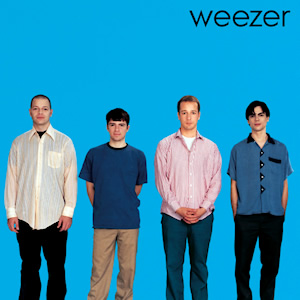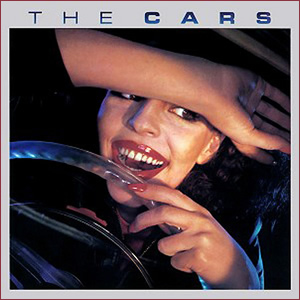Weezer (Blue Album)
Buy Weezer Twenty years ago this weekend, Weezer stormed into rock and roll consciousness with their potent, popular, and critically acclaimed self-titled debut, which has come to be known as simply the “Blue […]

Buy Weezer Twenty years ago this weekend, Weezer stormed into rock and roll consciousness with their potent, popular, and critically acclaimed self-titled debut, which has come to be known as simply the “Blue […]

Buy The Cars Quite simply one of the best produced albums of the era, the 1978 self-titled debut album from The Cars was a unique sounding breakthrough which brought the group instant worldwide […]